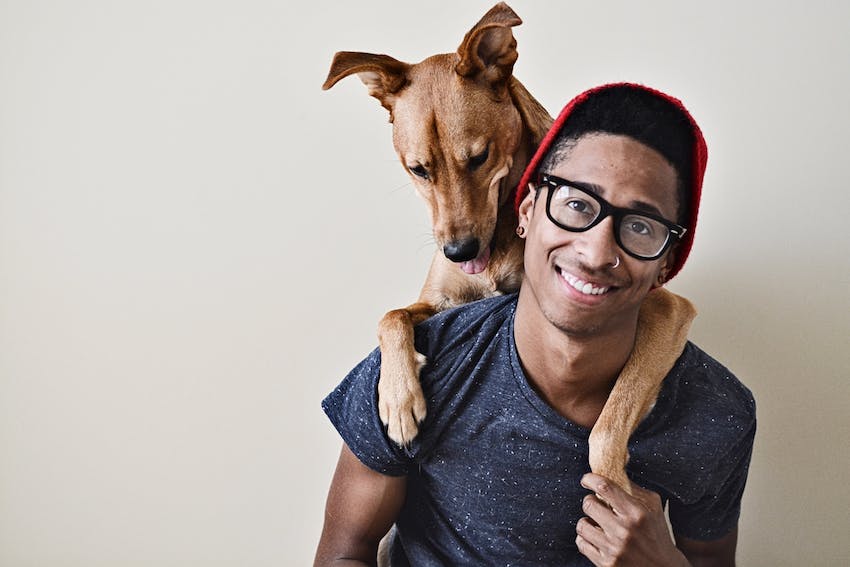By: Trupanion Staff / Updated Nov 19, 2019

Does your dog become stressed right as you're about to leave the house? Does he closely follow you or whine and bark as soon as you shut the door? He may be suffering from separation anxiety. Separation anxiety in dogs is rather common, especially for pets that are in a new environment or who spend most of their time with their owner.
Signs your dog is suffering from separation anxiety
Dogs can be affected in different ways when stressed that their human is away. Generally speaking, however, you'll want to take note of any whining and/or barking upon being left alone, closely following his/her owner constantly, chewing on items that smell like its owner, urinating in the house even when the pet is potty trained.
There are many different methods you can try to ease your dog's separation anxiety. It's very important to be consistent with training so that your dog will truly learn.

Tips for easing separation anxiety in pets
When leaving and returning home, it's important to keep it a very neutral and low-key experience for your dog. Ignore him completely for 15-20 minutes before leaving and 15-20 minutes after returning home. Petting him and giving him lots of attention before leaving will only cause him to notice your absence that much more.
Desensitize your pet to leaving cues by grabbing your keys, putting on your shoes and coat at various times of the day without leaving. If your dog has any cues that you are about to leave, be sure to practice those to desensitize your dog to your behavior.
Start practicing by leaving the house for very short periods of time. Be sure to keep the whole experience very low-key, as separation anxiety in pets can start with too much attention before leaving. Leave for 30 seconds and then return. Increase that time to 1 minute, 5 minutes, 15 minutes, etc. Vary the times to confuse your pet and show him that regardless of how long you're gone, you will still return.
Prepare your pet
- Only give attention on your terms.
- Exercise them before leaving.
Prepare the house
- Leave the TV on.
- Leave toys and snacks.
Consider your options
Separation anxiety in pets can be the result of several factors. If your pet is comfortable with the crate (or even if he's not), crate training may be a good place to start to keep your pet in a comfortable environment where he won't have access to chew up your possessions.
You might also consider hiring a pet sitter or taking your dog to daycare a few times per week.
If you are still having trouble with separation anxiety, we recommend contacting a dog trainer with expertise in this area.